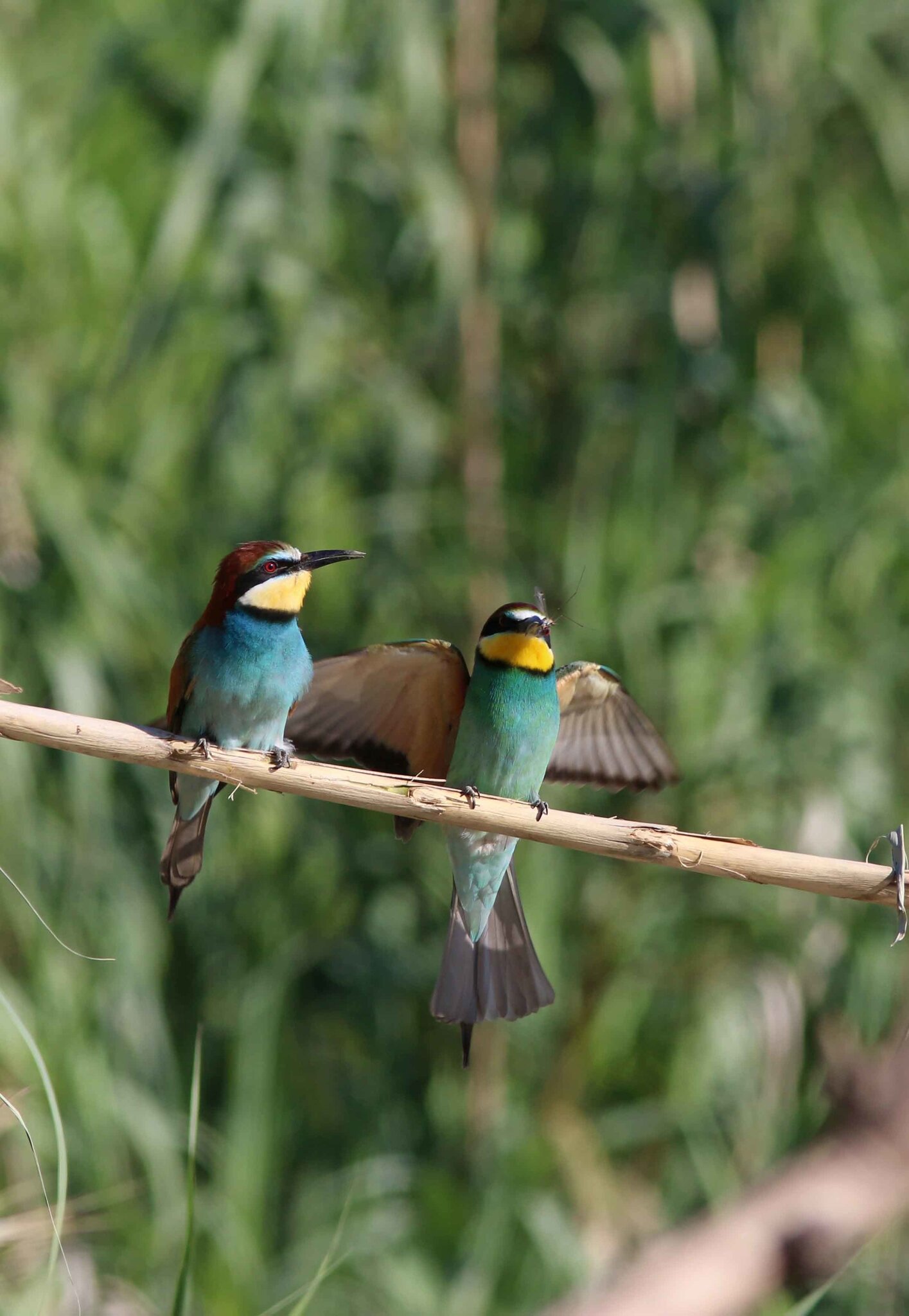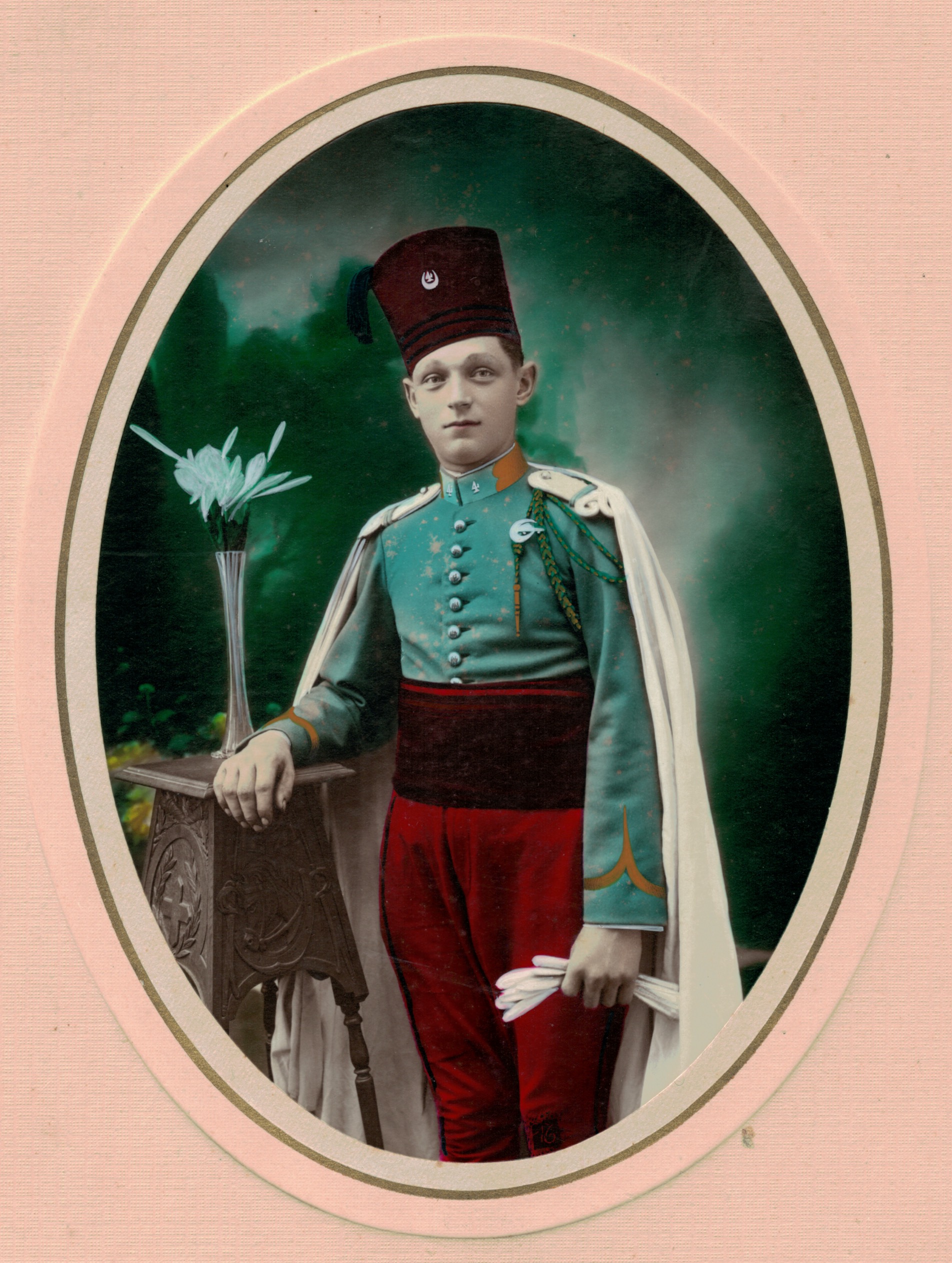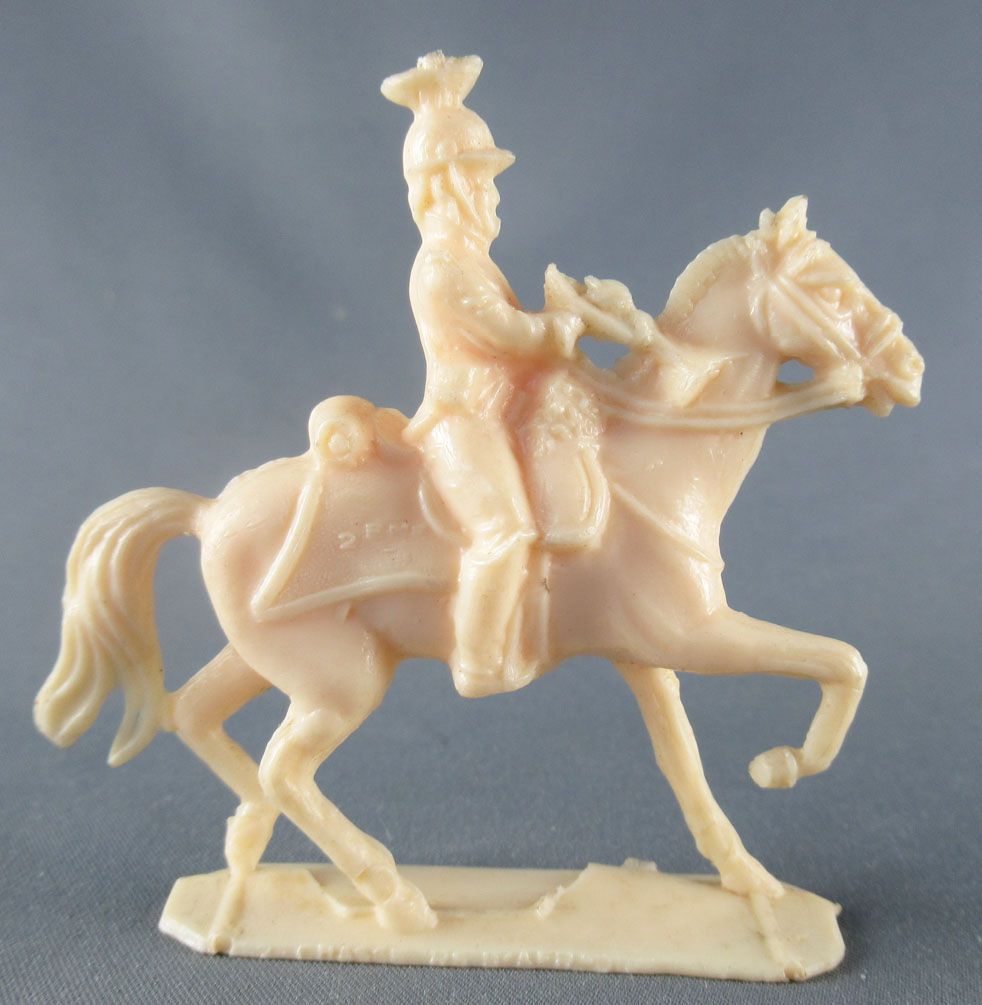
Chasseur d'Afrique (7) Oiseaux et Compagnie
Chasseurs d'Afrique, 1855. Photograph by Roger Fenton (1819-1869), Crimean War (1854-1856), 1855. Raised in French North Africa the Chasseurs d'Afrique were amongst the finest French cavalry. Their uniform of red breeches and shako caps, and blue tunic gave them a striking appearance. This, combined with their fighting reputation earned them.
Review Chasseur d'Afrique from Ellie's Miniatures Miniatures
Revue de presse du 10 janvier 2024. Photo: AFP. RDC: la Cour constitutionnelle confirme l'élection de Félix Tshisekedi à la présidence de la République. En République démocratique du Congo, la Cour constitutionnelle a confirmé mardi soir 9 janvier l'élection de Félix Tshisekedi à la présidence de la République.

Chasseur D'Afrique, Crimea 1885 Soldadito de plomo, Soldados, Figurin
The Chasseurs d'Afrique, led by General d'Allonville, clearing Russian artillery from the Fedyukhin Heights during the battle of Balaclava. Chasseurs d'Afrique during the battle of the Smala.. The Chasseurs d'Afrique were a light cavalry corps of chasseurs in the French Armée d'Afrique (Army of Africa). First raised in 1831 from regular French cavalry posted to Algeria, they numbered five.

Chasseur D’Afrique Lieutenant Mon Legionnaire
REGIMENTS DE CHASSEURS D'AFRIQUE (FranceArchives) Accueil. Service historique de la Défense. Inventaire - GR/12/P. REGIMENTS DE CHASSEURS D'AFRIQUE.

Chasseur d'Afrique (9) Oiseaux et Compagnie
Chasseurs d'Afrique were a light cavalry corps of chasseurs in the French Army of Africa. They were raised in 1831 from regular French cavalry posted to Algeria and were recruited from French volunteers or settlers in North Africa. They were known for their African tactic of advancing rapidly in open order. They served in numerous campaigns in North Africa, the Crimean War, the Second Italian.

EmpireCostume Uniforme d'officier de chasseur d'Afrique, second Empire
Menaces sur la paix, la démocratie, l'économie et la vie sur la planète. C'est ce que nous avons appris à la lecture d'une multitude de sombres prévisions d'experts et de médias pour le.

PAIRE D'ÉPAULETTES TROUPE DE CHASSEUR D'AFRIQUE, SECONDE RÉPUBLIQUE.
Images and other media are excluded. The collection of the J. Paul Getty Museum comprises Greek, Roman, and Etruscan art from the Neolithic to Late Antiquity; European art from the Middle Ages to the early twentieth century; and international photography from its inception to the present day.
Palouse Wargaming Journal French Chasseurs d'Afrique 1859
REGIMENTS DE HUSSARDS. REGIMENTS DE CHASSEURS D'AFRIQUE. GROUPE AUTONOME DU 1er RÉGIMENT DE CHASSEURS D'AFRIQUE puis, 1er septembre 1941, 12e GROUPE AUTONOME DE CHASSEURS D'AFRIQUE. 1er RÉGIMENT DE CHASSEURS D'AFRIQUE. 2e RÉGIMENT DE CHASSEURS D'AFRIQUE. 3e RÉGIMENT DE CHASSEURS D'AFRIQUE. 4e RÉGIMENT DE CHASSEURS D'AFRIQUE.

Chasseur d'Afrique (9) Oiseaux et Compagnie
The Chasseurs d'Afrique (literally Huntsmen of Africa) were a light cavalry corps in the French Armée d'Afrique (Army of Africa). First raised in the 1830s from regular French cavalry posted to Algeria, they numbered five regiments by World War II. For most of their history they were recruited from either French volunteers or French settlers in North Africa doing their military service. As.

French Chasseur d'Afrique French Armed Forces, Third Republic, French Foreign Legion, Crimean
The Chasseurs d'Afrique (Hunters of Africa) were a light cavalry raised in 1830s from regular French cavalry. They were recruited from either French volunteers or from French settlers in North Africa. By 1939, there were 12 regiments of Chasseurs. They wore blue uniforms, earning themselves the nickname "Blue Butchers".
Palouse Wargaming Journal French Chasseurs d'Afrique 1859
La Coupe d'Afrique des nations démarre ce samedi 13 janvier en Côte d'Ivoire. Les rencontres mettront en lumière plusieurs jeunes joueurs, qui veulent faire de la compétition un tremplin.

Grande Photo Colorisée Chasseur d’Afrique Armée Française 4ème régiment de Chasseurs d
The Chasseurs d'Afrique (literally Huntsmen of Africa) were a light cavalry corps of chasseurs in the French Armée d'Afrique (Army of Africa). First raised in the 1830s from regular French cavalry posted to Algeria, they numbered five regiments by World War II.For most of their history they were recruited from either French volunteers or French settlers in North Africa doing their military.

Chasseur d'Afrique officer Library of Congress
Chasseur d'Afrique. Safari de chasse et quête du sauvage. (Hunters of Africa. Hunting safari and quest for the wild) Maxime Michaud. Hunting has had a prominent place in the relations between Europe and the African continent, from the expeditions of the end of the 18th century through to contemporary hunting tourism. The word safari alone.
Chasseur d'Afrique from Pilipili Miniatures
In 1830 a body of native cavalry was raised under the title Chasseurs Algériens. The following year they were incorporated into the two new regiments of Chasseurs d' Afrique, formed from three squadrons of Chasseurs à Cheval serving with the expeditionary force and from volunteers from other regiments in metropolitan France. By 1841 there were four regiments, which fell to three between 1856.

Primo Napoleonic Chasseur d'Afrique
Photograph of a group of officers from the Chasseurs dAfrique. The men are gathered in a circle, some standing and some sitting on the ground. They are all wearing the breeches and shako caps of the regiment and many are carrying swords. There is a military camp behind them.The Chasseurs dAfrique were a cavalry regiment of the French army raised in North Africa.

Officer of Chasseurs d'Afrique 01916 Remington Catalogue Raisonné
Reference staff can advise you in both how to fill out a call slip and when the item can be served. To contact Reference staff in the Prints and Photographs Reading Room, please use our Ask A Librarian service or call the reading room between 8:30 and 5:00 at 202-707-6394, and Press 3.